Simple lines, functionality, convenience, natural colors and bright spaces. It's Scandinavian style, a Nordic lifestyle that is welcoming, warm and soothing.
The Scandinavian style emerged in the 20s of the last century, but became widely known worldwide in the 50s. It was a broad design movement that influenced everything from architecture to interior decoration, furniture and lighting. It is the longest-lived modern style and is as current now as it was in the early years when it became the style of choice in Europe and the US. Simple lines, functionality, natural colors, lightness, airy spaces are the elements that have made it a way of life.
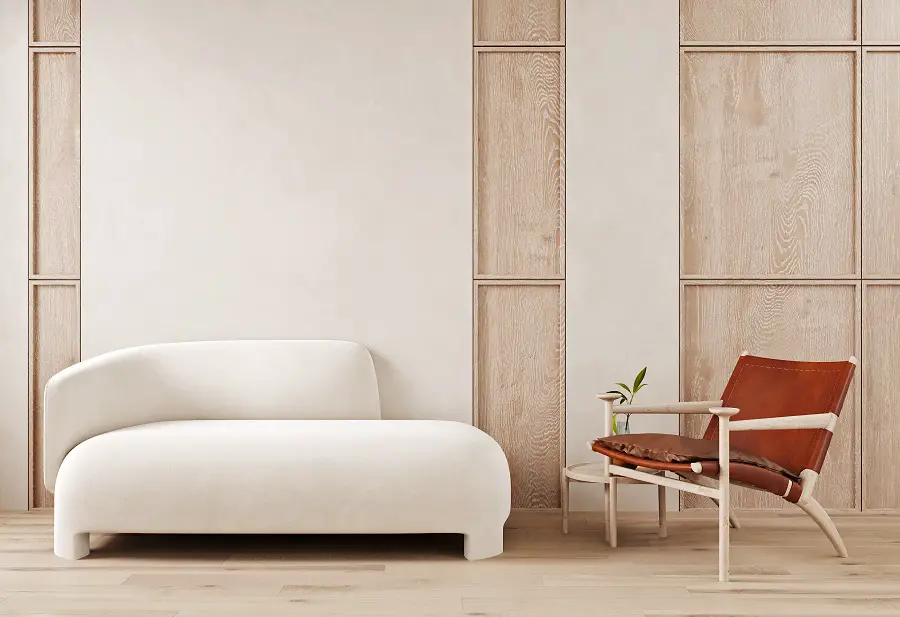
A minimalist, clean and functional style without compromising on aesthetics
Scandinavian style is characterized by a clean, minimalist vision that combines functionality with beauty. The emphasis is on simple lines and bright clutter-free spaces, on functionality. Nothing is superfluous, what is not useful is removed so as not to clutter the space. It's the Nordic way of life that, far from being cold, is welcoming, warm and soothing.
The Scandinavian style emerged at the beginning of the 20th century, and by the 1930s it had spread to all five Nordic countries: Denmark, Sweden, Norway, Norway, Finland and Iceland. It started in Denmark in 1914 as Skønvirke (Elegant Works - in Danish), as a magazine promoting Romantic-influenced and Art Nouveau of Danish craftsmen. Unlike Art Nouveau, the contemporary style that appealed mainly to the elite, the new style promoted craftsmanship and was more accessible and democratic.
It was not long before well-known representatives emerged to manufacture iconic products for the style, giving rise to the so-called the golden age of Scandinavian design. Alvar Aalto, Olav Haug, Arne Jacobsen, Bruno Mathsson, Kaare Klint and Borge Mogensen are just some of the designers of the era. The basic concepts of the work were functionalism, constructivism and sometimes surrealism. Their fame remained local until the 1950s when new possibilities for global exposure led to a virtual explosion of Scandinavian design. There followed 20 years of market domination when the big design awards went only to the Nordic countries.
Since then, Scandinavian style has remained in the public eye even when it was contemporary with other styles. The simple and clean lines, the tranquility of light and airy spaces, the natural materials and colors have made it a perennial favorite. Many now identify it with the Scandinavian way of life, honest and democratic, the place where some of the happiest people on the planet live.
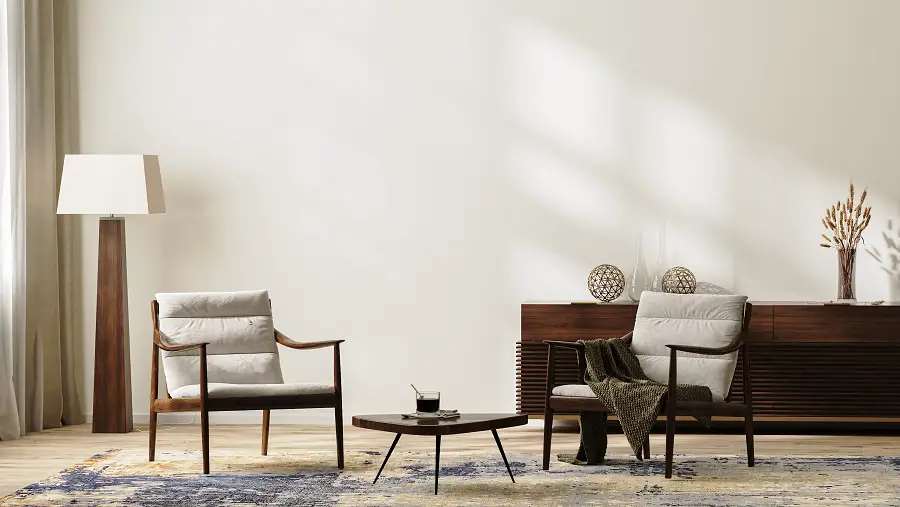
Specific elements of Scandinavian style
Functionality, simplicity and craftsmanship are the main elements of the style. Natural materials are used to create products in this style, especially light-colored wood such as frasin or fagul, wool and linen textiles, leather and glass. The look is minimalist, straight lines, light and natural colors with vibrant accents.
How can the style be characterized? Briefly:
- Minimalist aesthetics
- Discreet design dedicated to function
- Light, bright, neutral colors combined with darker, contrasting shades
- Light-filled airy spaces
- Lack of curtains and drapes
- Uncovered wood flooring or discreet, simple, light-colored carpets
- Wooden furniture in natural color
- Room-defining and decorative lights
- Multifunctional and flexible design
- Sofas in neutral colors and textured fabrics
- Natural textile material
- Stainless steel, brass or copper accents
- Artworks as focal points in a minimalist space.
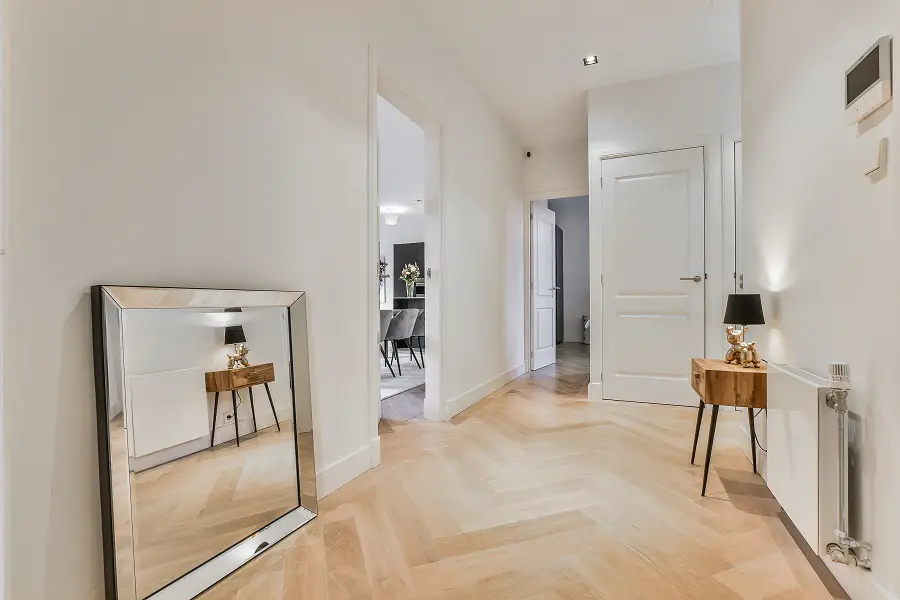
Comfortable, multifunctional and simple furniture, as light-colored wood as possible
Scandinavian-style furniture is minimalist and practical. The few pieces in a room really need to be important and useful. Sometimes the pieces are multi-functional, a chair can also be used as a dining table or a wardrobe can be used as a room divider. Unlike the minimalist style, which tries to reduce some pieces of furniture to symbols, Scandinavian furniture emphasizes convenience. Chairs are simple but not uncomfortable. The furniture is simple but not simplistic.
As it is the Nordic countries for whom nature and naturalness are very important, solid wood in its natural color is widely used for furniture pieces. Local, light-colored wood species such as beech, ash or ash are preferred. pinwith its fine grain and discreet design. Wood is combined with natural textiles, leather or metal elements. The design is simple, the lines clean.
Very important in Scandinavian design is light. The long, dark winter days have taken their toll on the Nordic way of thinking, so furniture is as lightly colored as possible, vibrant accents are few, walls are white, and windows are large and uncovered by curtains or drapes. Light fixtures are present on both ceiling and wall, defining spaces and enveloping everything in warm, discreet light. Lamps and candles are common decorative objects with a functional role.
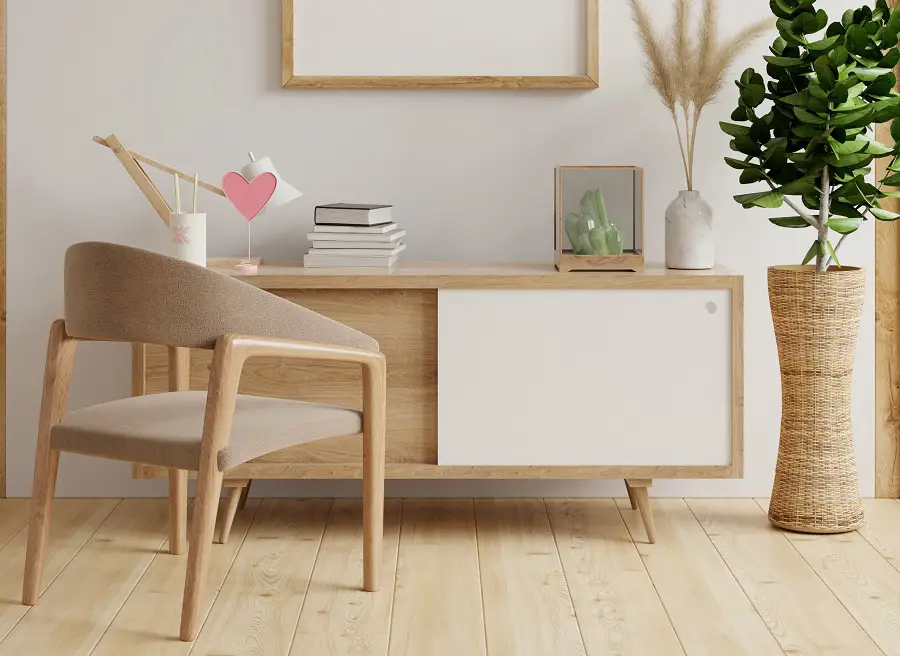
Scandinavian style, very popular and always in fashion
Combining minimalist aesthetics with functionality and comfort, Scandinavian style is still today one of the most popular styles of furniture or interior design. Versatile and timeless, Scandinavian furniture and lighting create elegant, bright and comfortable living spaces. Warm, natural fabrics, simple patterns, natural colors, open and airy spaces all contribute to a feeling of comfort. Homes decorated in Scandinavian style are refined, elegant and comfortable, making them timeless.































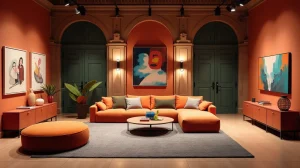




Add comment